No products in the cart.
Amarnath Cave, Jammu & Kashmir
As Lord Shiva danced around with the burnt corpse of Mata Sati and Lord Vishnu used his Sudarshan Chakra on the body, Devi Adi Shakti’s throat is said to have fallen atop Amarnath Cave, located in Jammu and Kashmir. A shrine was erected to preserve and worship this part of the Mother which later came to be known as the Amarnath Temple.
The form of Mata Parvati that is worshipped in Amarnath is that of Devi Mahamaya, and the form of Shiva that is said to protect the throat of his wife is Trisandhyeshwar. According to mythology, Lord Shiva had appointed Trisandhyeshwar to safeguard Sati’s throat from evil forces and from the vagaries of nature. Today, Amarnath is one of the most famous Hindu religious sites in the world and also an important element of Kashmir Tourism. Among the beautiful valleys of Kashmir, lies a myth that can transform and is transformed by history into an inseparable part of spiritual devotion.
A trip to all the Shakti Peethas at least once in your life is absolutely essential, not only because they are important religious sites but also because this pilgrimage will complete your understanding of Shaivite philosophy. Hindu religiosity has an underlying science of energies. According to Hindu spiritual belief, which is more a way of living than a rigid religious practice, the throat is considered an important manifestation of the life force of man. It is the throat that provides us with a sense of passage: it allows speech, consumption of food and also a means of achieving artistic perfection. Scientifically, too, the throat comprises several important nerves of our body. The Mother’s Divine throat symbolises the purity of expression.
Mata Shakti’s throat is not the only special feature of the Amarnath Temple. Within the temple caves, there is a stalagmite that has been formed by the water dripping down from above being frozen due to the extremely low temperatures in Amarnath. In form, however, the stalagmite looks exactly like a Shivlinga, which is said to symbolise human libido or life force.
Devotees feel this is no mere co-incidence in Nature, but a manifestation of the Divinity that encompasses Amarnath. Mata Shakti, who committed suicide in honour of her husband, is inseparable from the Ardha-nareshawara. Wherever there is any part of her, there has to be manifestation of her other half. Amarnath is also, incidentally, another name for Shiva- Lord of the Immortals. However, in recent times, due to global warming, this Shivlinga is said to be melting gradually. Restoration work is in progress, but that just gives us one more reason to conserve Nature. Not only are other life forms repulsively exiting our world but also our gods!
Amarnath can be reached from Srinagar through Pahalgam which would around 100 km of bus journey. From Chandanwari, it is at a walking distance of around 20 km. Amarnath has featured prominently in several works of fiction as well. The one worth a mention is Ashwin Sanghi’s ‘The Krishna Key’ which fuses Shaivite and Vaishnavite traditions together and explores Amarnath as a site of spiritual progress.
Amarnath Temple, Jammu & Kashmir
Amarnath is more a cave than a temple. Other than the Shiva Linga, there are two other ice formations symbolising Parvati and Ganesh. It is said that this was the place where Shiva explained the meaning of life and eternity to his divine consort Parvati. Various NGOs have set up food stalls and shelter along the way for it takes five days’ of journey by foot to reach the shrine. There are helicopters available as well. Tents are mounted along the way. Every year, the government provides a great deal of security to the place, but one must be wary of the crowds. This journey is not for the faint of heart.
Amarnath is said to be one of the most miraculous sites of Hindu religion in India and year-after-year, we get evidence of its divinity by the sheer number of people who undertake pilgrimages to the shrine. It is also one of the most controversial shrines. Only a few years ago, in 2012, more than a hundred people died of a stampede near Amarnath. This is one Shakti Peetha you have to be careful about. Choose to make your trip at a time of the year when the rush is not great. Going to Amarnath during important Shaivite festivals like Maha Shivratri is not recommended at all. The Universal Supreme is not attained at only one point of the year…He can be attained whenever the heart is ready to embrace His greatness.
3 thoughts on “Amarnath Cave, Jammu & Kashmir”
Leave a Reply
You must be logged in to post a comment.

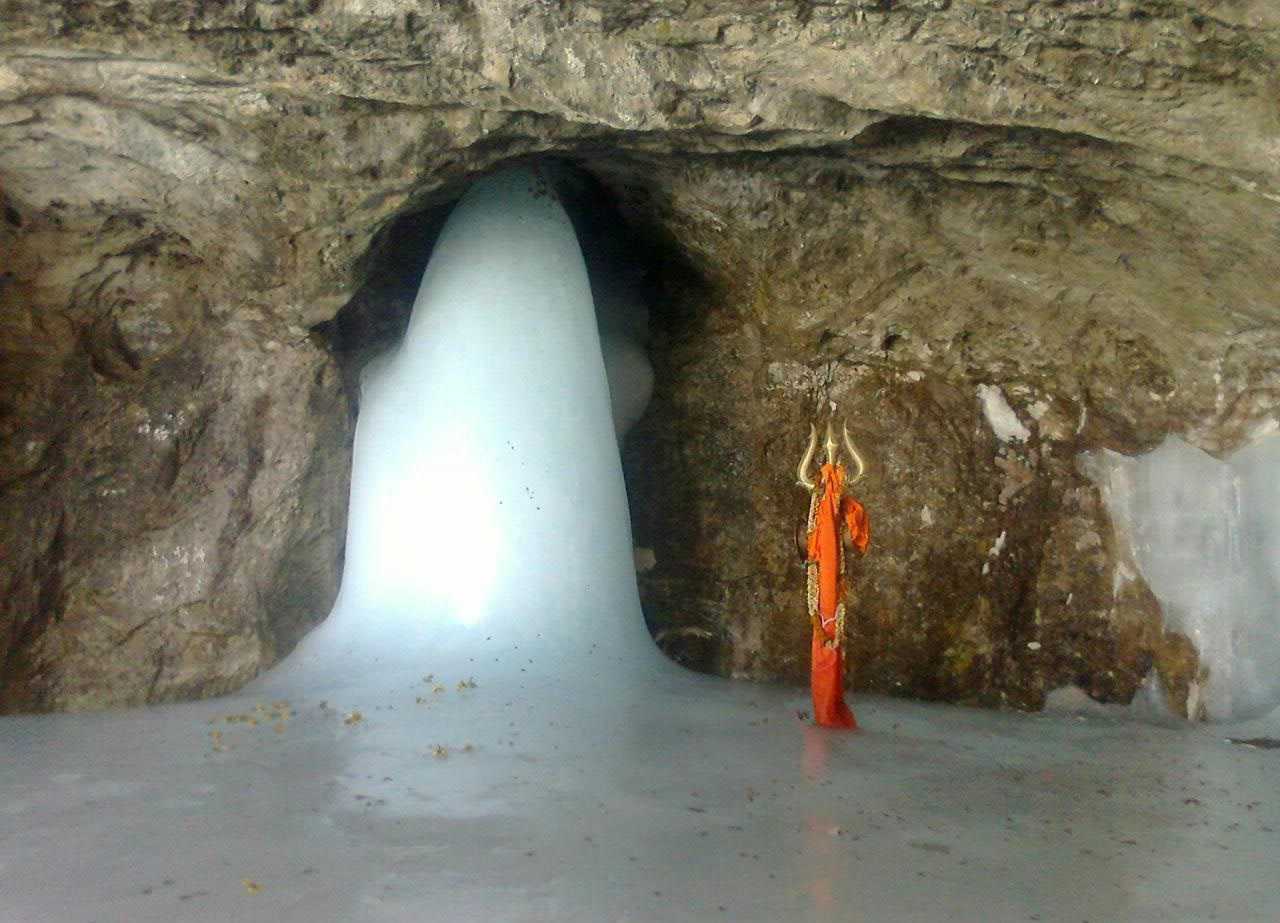
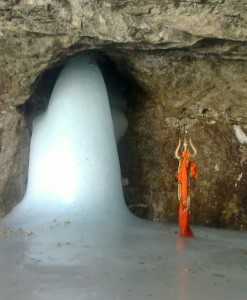
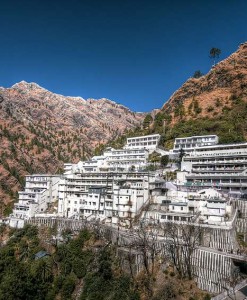
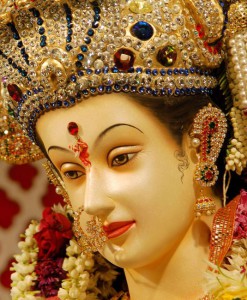
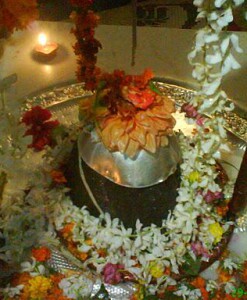
I must say that it is one of the prominent religious destinations that has been dedicated to Lord Shiva . We were surprised to see the number of devotees who came here and offered their prayers . The Shiva Lingam , a form of Lord Shiva which is found inside the cave is formed when water drips from the roof and gets accumulated and starts to freeze on the floor. We were told that the size of the Shiva Lingam in fact increases and decreases with the different phases of the moon. A beautiful place one must surely visit in their life time.
We visited the Amarnath cave in Jammu and Kashmir and were shocked to see the number of devotees who came there. It is a place which is packed with so much of historical and philosophical significance. It is in fact quite surprising how the water dripping and getting frozen can look like a Shiva Lingam. Apart from the Shiva Linga there are other 2 ice formations depicting Parvati and Ganesha. One has to extremely careful while going along with kids as they can get easily lost in the huge crowd. A lot of facilities , tents have been put up in order to make it convenient for the devotees.
It is just simply not a cave but a temple with so much of miraculous power that devotees from far and near come to visit this place. We went there during Shiva Rathri and it was filled with devotees. We started panicking a little but the the entire experience was worth it. The NGO s did organize food stalls , hotels for the devotees. Overall i think everyone must visit this place at least once in their life time but may be not during the peak time so that you cane enjoy the real beauty of this temple and its historical significance.